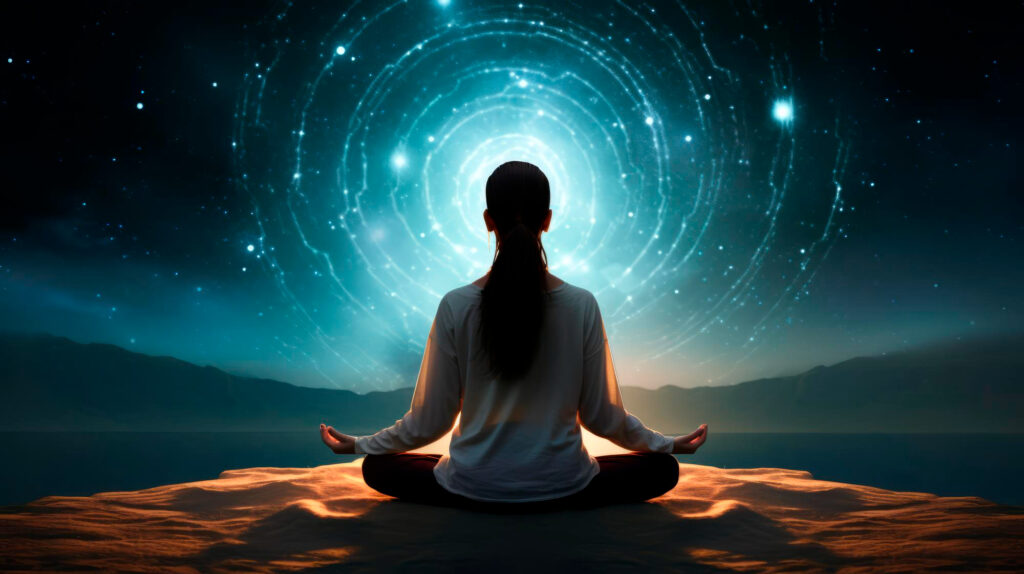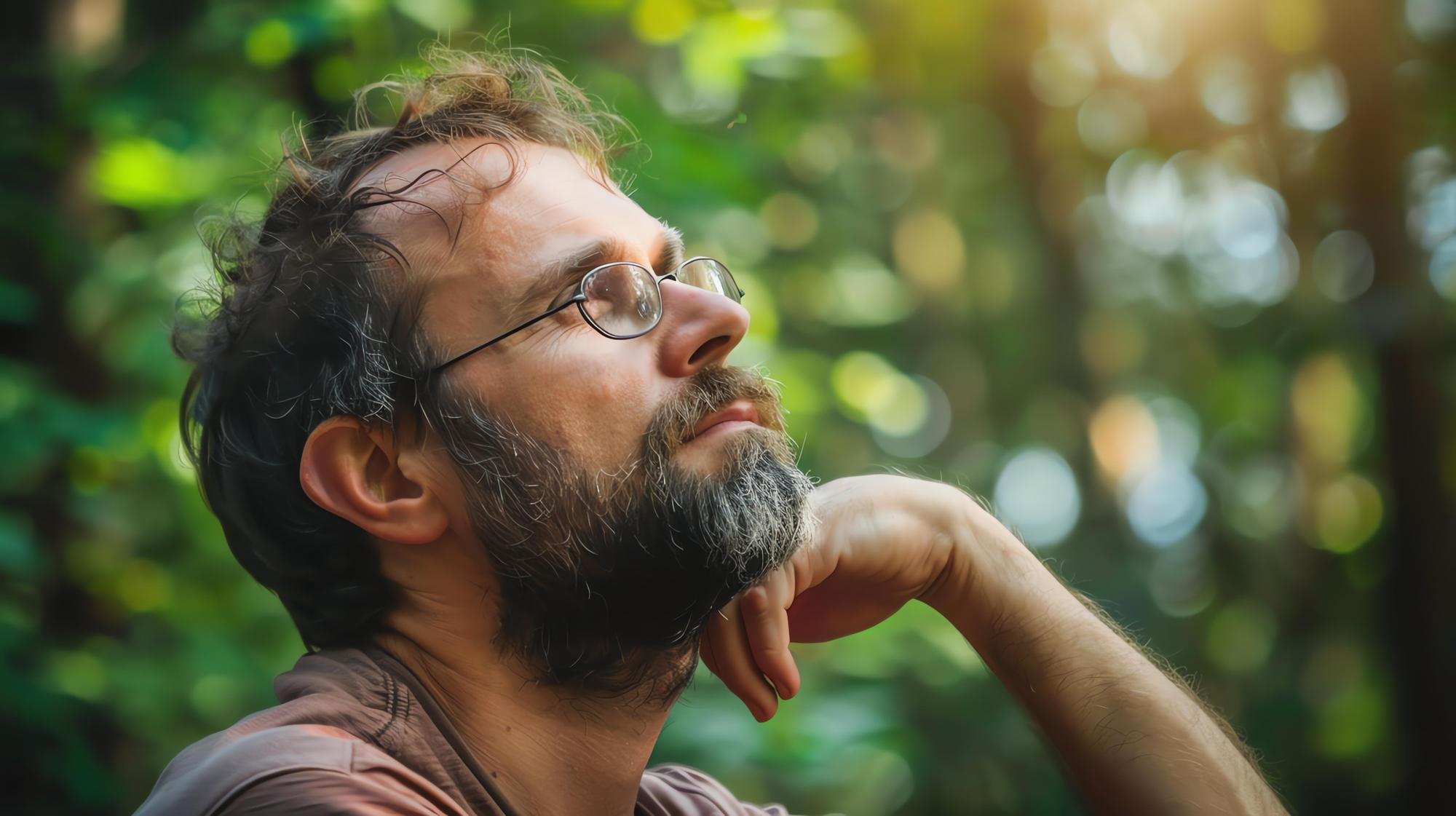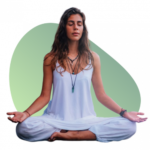— Exploring a Zen Koan for Everyday Life

“Two hands clap and there is a sound. What is the sound of one hand clapping?” This question is one of the most famous koans in the study of Zen Buddhism. A koan is a puzzling, often paradoxical statement or question used in Zen practice to provoke deeper understanding and to train intuition. Today, let’s explore this koan in a way that’s straightforward and relatable.
Understanding the Koan
To start, imagine clapping your hands. The clapping noise you hear is created by the impact between your two hands coming together. This sound is familiar and expected. Now, consider the question posed by the koan: “What is the sound of one hand clapping?” If you raise one hand and try to clap without letting it meet the other hand, no conventional clapping sound is made. This scenario defies our usual understanding of how sounds are produced and challenges the expectation set by the initial condition of two hands clapping.
Purpose of the Koan
The primary purpose of this koan is not to solicit a literal answer but rather to push the boundaries of conventional thinking. In Zen Buddhism, such koans are used as meditation tools, aiding practitioners in transcending beyond dualistic thought and tapping into a deeper, more intuitive state of mind. The koan asks us to consider what exists beyond what is heard and seen and to question our understanding of reality.
Practical Example
Imagine you are in a quiet room all by yourself, and you suddenly hear a loud noise. Your first reaction might be to think about what caused the noise. Now, apply the principle of the koan here. Instead of focusing on identifying the sound or its source, focus on the experience of hearing itself. What happens when you pay attention only to the act of hearing, without attaching it to any judgments or ideas?

This shifts your focus from the external and apparent to a more introspective view. It’s not about the noise or its absence; it’s about understanding perception and awareness without the need for a logical framework.
How can we put this into our real life
You can apply the concept of this koan to everyday life situations that involve conflicts or challenges. For instance, when faced with a problem, instead of immediately seeking a solution or clashing with the problem (akin to two hands clapping), consider what it means to confront this challenge with a different mindset (the sound of one hand clapping). This could mean approaching your challenges with calmness and openness, without preconceived notions, which often leads to more creative and insightful solutions.
This koan also encourages us to move beyond the constant mental chatter. Imagine a stressful situation – a deadline looming, anxieties rising. Here, the “sound of one hand clapping” reminds us to pause and simply observe the experience. What physical sensations accompany the stress? What thoughts are fueling the anxiety? By observing without judgement, we gain valuable insight. This allows us to detach from the overwhelming noise and find a space of clarity and mindfulness, making it easier to respond effectively.
Acceptance and Letting Go
Life inevitably throws curveballs. The koan asks us, “What sound does the unexpected make?” Often, we fight against the inevitable, clinging to expectations and control. The “one-handed” approach encourages acceptance. It’s not about passive resignation, but a recognition of what is beyond our control. By accepting the situation, we free up mental space to explore options and navigate challenges with greater resilience.
The Power of Silence
In a world obsessed with noise and action, the koan reminds us of the power of silence. Just as there’s no sound with one hand, sometimes the most effective response lies in stillness. This doesn’t mean inaction. It’s about allowing space for reflection, intuition, and creativity to emerge. The “sound of one hand clapping” can be the quiet spark that ignites a brilliant solution or a moment of deep personal understanding.
The koan “What is the sound of one hand clapping?” serves as a metaphorical tool to encourage looking at the world and our experiences from a fresh perspective. It teaches us to notice the space between thoughts, the quiet amidst the noise, and the value of silence and non-action where we usually seek action and sound. By meditating on such koans, we can begin to peel away the layers of habitual thinking and see what lies beneath the surface of the everyday mind.

Through this exploration, we can find that the sound of one hand clapping isn’t about sound at all—it’s about understanding ourselves and our place in the world in a profoundly different way.






